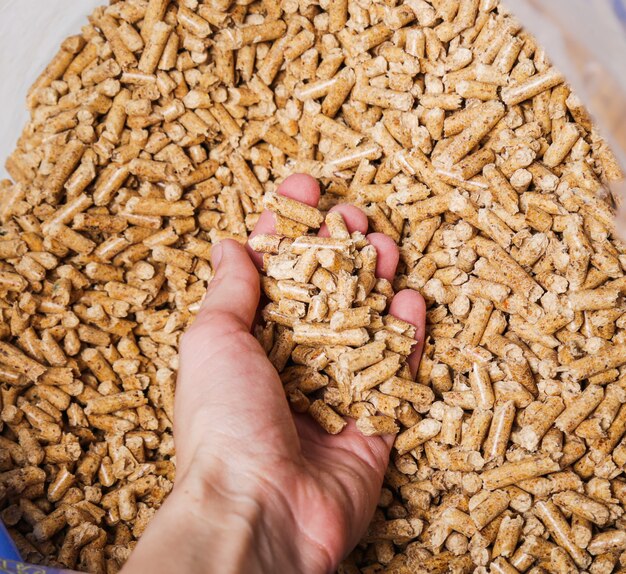Choosing the appropriate feed for your animals is essential for their health, well-being, and performance. Whether you’re raising livestock, poultry, or pets, selecting the right feed can significantly impact their growth, productivity, and overall quality of life. With a wide range of feed options available on the market, it’s important to consider various factors to ensure you make the best choice for your animals. Here’s a comprehensive guide to help you select the right feed for your animals:
- Understand Your Animal’s Nutritional Needs:
Different animals have varying nutritional requirements depending on their species, age, breed, and physiological status. Before selecting feed, familiarize yourself with your animal’s nutritional needs, including requirements for protein, carbohydrates, fats, vitamins, minerals, and fiber. - Consult with a Nutritionist or Veterinarian:
If you’re unsure about your animal’s nutritional requirements or which feed to choose, consult with a qualified nutritionist or veterinarian who specializes in animal nutrition. They can provide personalized recommendations based on your animal’s specific needs and dietary goals. - Consider the Animal’s Age and Life Stage:
Animals have different nutritional needs at various stages of life, such as growth, lactation, reproduction, and maintenance. Select feeds that are formulated to meet the specific requirements of your animal’s age and life stage to support optimal growth, development, and performance. - Evaluate Feed Ingredients and Composition:
Read the ingredient list and nutritional analysis of feeds carefully to understand their composition and nutritional content. Look for feeds that contain high-quality ingredients, balanced nutrient profiles, and essential vitamins and minerals needed for optimal health and performance. - Choose the Right Feed Formulation:
Feeds come in various formulations, including pellets, crumbles, mash, and textured feeds. Consider your animal’s preferences, feeding behavior, and digestive capacity when selecting the appropriate feed formulation. Some animals may prefer certain textures or forms of feed over others. - Assess Feed Quality and Freshness:
Inspect the quality and freshness of feed products before purchasing them. Look for signs of spoilage, mold, or insect infestation, and avoid feeds that appear discolored, musty, or dusty. Opt for feeds that are produced by reputable manufacturers and stored properly to maintain freshness. - Check for Certification and Quality Assurance:
Choose feeds that have undergone quality assurance testing and certification to ensure they meet industry standards for safety, purity, and nutritional value. Look for certifications such as Good Manufacturing Practices (GMP), Hazard Analysis and Critical Control Points (HACCP), or American Feed Control Officials (AAFCO) approval. - Consider Special Dietary Requirements:
Some animals may have special dietary requirements or health conditions that necessitate specific feeds or supplements. For example, animals with allergies, sensitivities, or digestive disorders may require hypoallergenic or specialized feeds formulated to address their unique needs. - Evaluate Cost and Budget Constraints:
Consider your budget and cost constraints when selecting feed for your animals. Compare prices and value for money among different feed options, taking into account factors such as nutrient content, feed efficiency, and overall quality. - Monitor Feed Consumption and Performance:
Once you’ve selected a feed for your animals, monitor their feed consumption and performance regularly to ensure they are meeting their nutritional needs and achieving desired outcomes. Adjust feed quantities or formulations as needed based on changes in animal health, behavior, or productivity.
By following these guidelines and considering the specific needs of your animals, you can select the right feed that promotes their health, vitality, and overall well-being. Remember to consult with experts, carefully evaluate feed options, and prioritize quality and nutrition to ensure optimal results for your animals.
Join 'Farmers Mag' WhatsApp Channel
Get the latest Farming news and tips delivered straight to your WhatsApp
CLICK HERE TO JOIN






